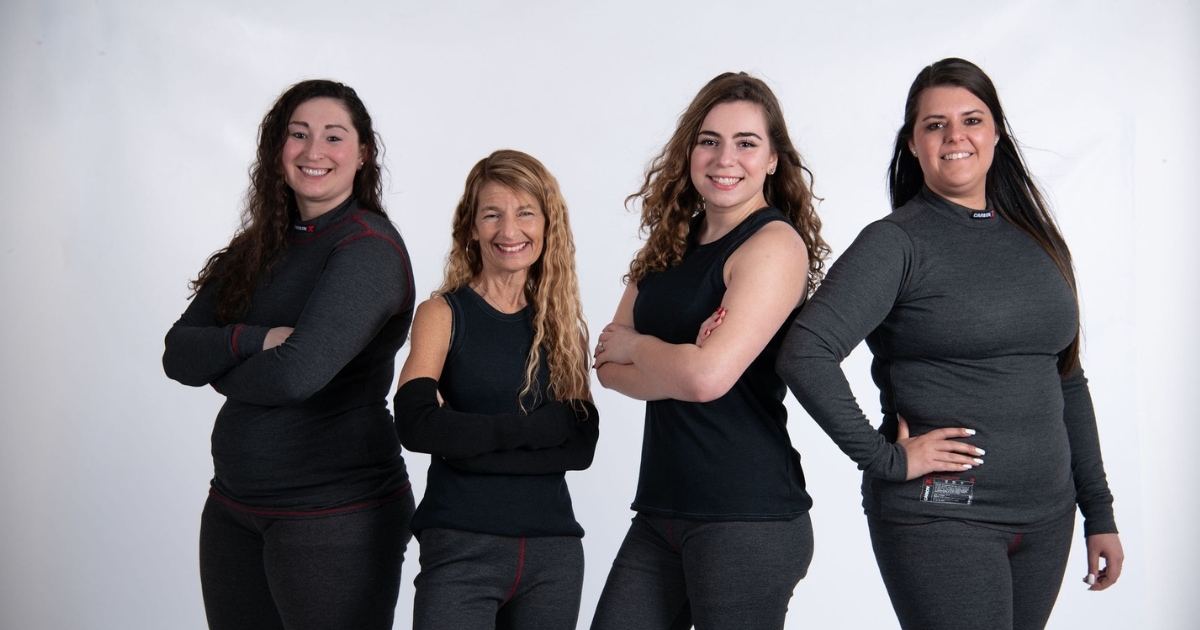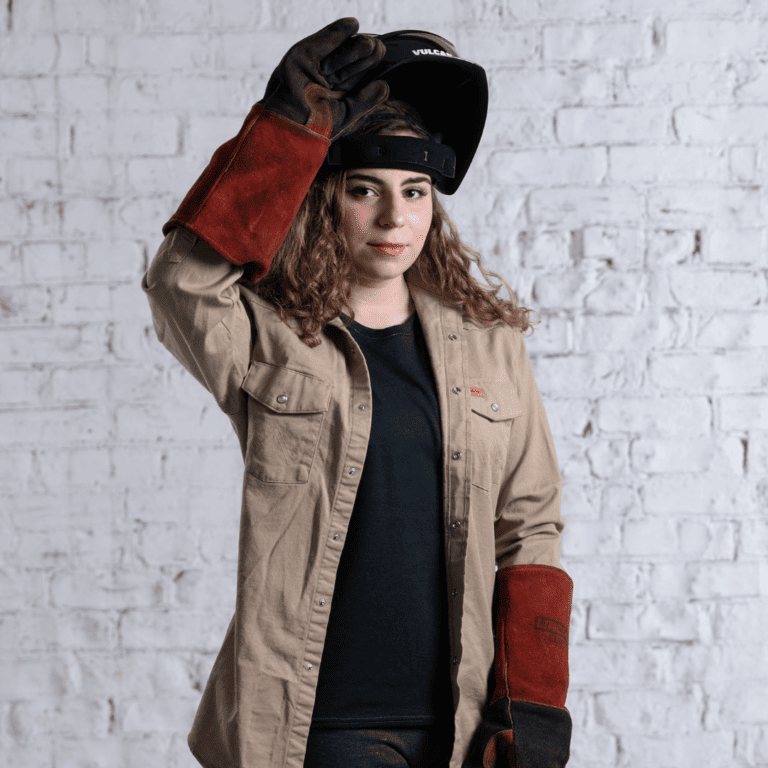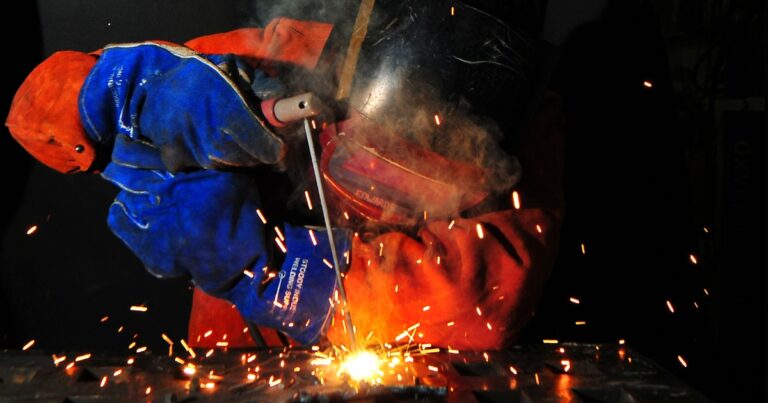Not Meant to Mix & Mingle
Why You Don’t Want to Mix FR with Non-FR Clothing
If you work in occupations that put you face to face with hazardous conditions, you realize how important it is to wear the right personal protective equipment (PPE). The hazards are too risky to take chances when extreme heat, fire, and explosions are potential threats every day. Wearing the appropriate safety apparel can make a big difference in your protection and can mean the difference between life and death. Comfortable protection is definitely easier to get into the habit of wearing.
Layering your safety apparel increases your level of protection substantially; however, the thought of doing so may make you cringe. Traditionally, FR garments were bulky and heavy, as well as restrictive and hot. Advancements in fabric technology have improved both comfort and performance. The innovative fabrics used to create Seraphina’s designs are lightweight and breathable to keep you cool, dry, and protected.
It is not uncommon for people to wear non-compliant, athletic-brand base layers under their daily-wear FR clothing. But is it safe to do that? No, it’s not. The synthetic fabrics the athletic brands are made from will easily melt at much lower temperatures than an FR alternative. This has the potential for serious burn injuries to occur. Flame-resistant base layers reduce this risk and add a next-to-skin protective layer that serves as the last line of defense. When heat, fire, or molten metal break through the outer layer of FR clothing, it can be extremely dangerous when wearing non-FR undergarments. The wearing of synthetic garments on the job needs to be avoided.
Examples of synthetic fabrics to stay away from include polyester, nylon, rayon, Spandex, and cotton synthetic hybrids. These fabrics all melt at low heat and can create additional burn injuries. Many people wear these synthetic fabrics for their comfort without knowing the potential hazards.
In warm weather or hot indoor conditions, you may think that adding layers of FR apparel would be increasingly hot, but it is actually a great way to manage body temperature. Moisture-wicking garments, like the Seraphina Safety Apparel base layer, remove sweat from the skin, which allows you to dry more quickly. It also helps avoid the sudden “chilled effect” that people sometimes get.
The more we understand about the fabric technologies available today, the more comfortable we can be and the better we can protect ourselves on the job.



